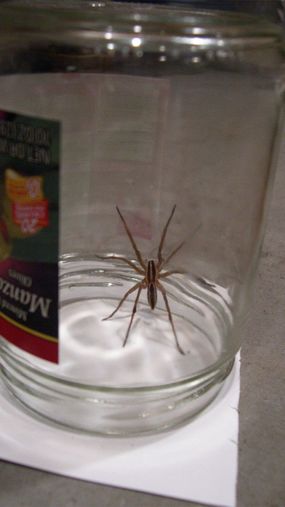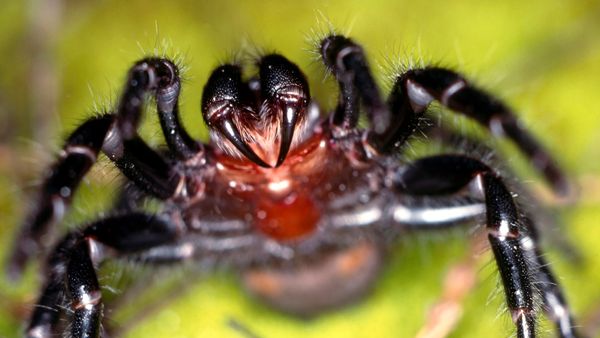
Key Takeaways
- Wolf spiders are large, agile hunters found worldwide, with over 2,300 species known for their excellent vision and lack of webs.
- These spiders are harmless to humans and beneficial as they help control pest insect populations in homes and gardens.
- Female wolf spiders carry their egg sacs and later their spiderlings on their backs, offering protection until the young are ready to survive on their own.
Some people are afraid of spiders — maybe even you. It's not uncommon, and scientists aren't completely sure whether arachnophobia is hardwired into us, or whether we learn it along the way. But when you hop in the shower and are immediately confronted with the spindly spread of eight hairy legs, it's hard not to give a hop right back out.
And sometimes when you bring somebody into the bathroom to help remove the spider, they'll say, "Oh, that's just a wolf spider — nothing to worry about!" Or else they'll say, "Oh no, it's a wolf spider — let's both commence freaking out!"
Advertisement
It's possible your friend is right about it being a wolf spider, because in many parts of the world, in the center of the Venn diagram of spiders that are large and occasionally in your shower, you'll find this majestic creature.
Of course, saying something is a wolf spider isn't all that specific — there are 100 genera, or families, and over 2,300 species of wolf spiders in the world, over 238 of which occupy different habitats and regions of the United States. They're usually well-camouflaged: dark-colored with a (usually striped or banded) pattern of black, brown, gray or tan markings on their backs and legs. Depending on the species, they can range in size from reasonable (a quarter of an inch [6.5 mm]) to what some would call unreasonable (over an inch [3 cm]). The females are always larger than the males and carry their egg sacs around with them to protect the unborn babies from parasites and predators. Once the spiderlings emerge, they ride around on their mom's back until they are large enough to make it on their own.
Advertisement

